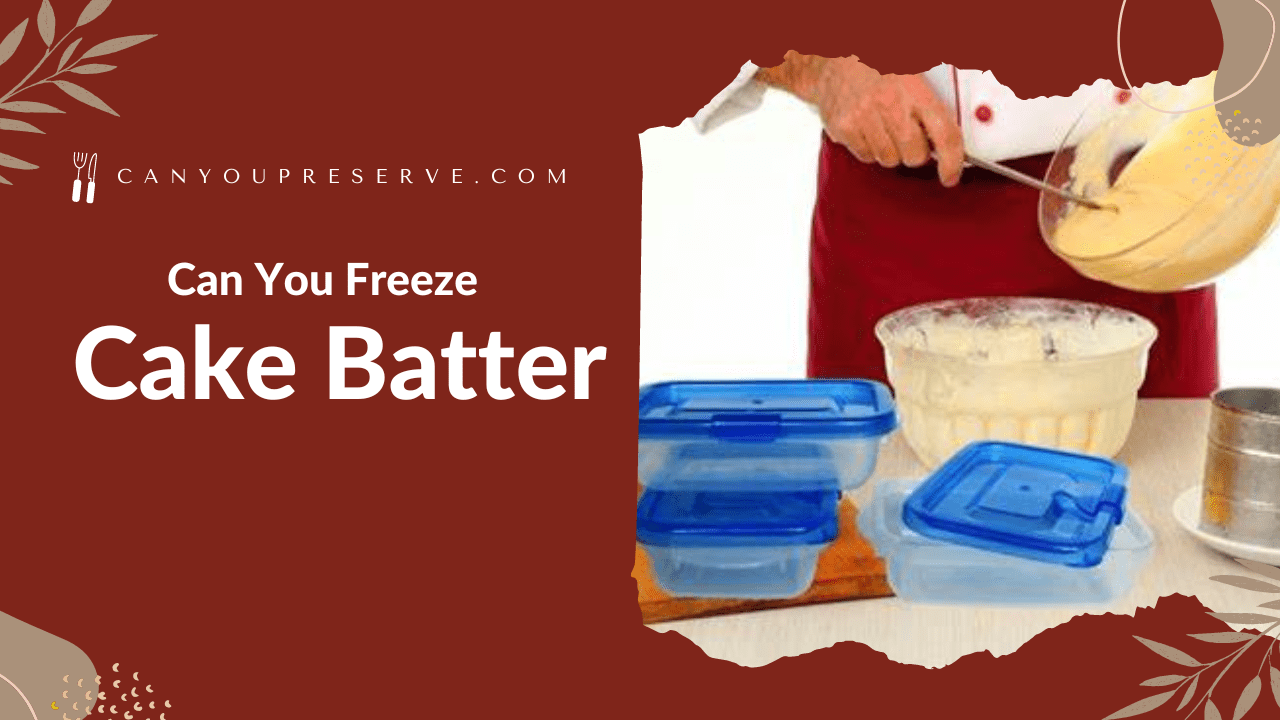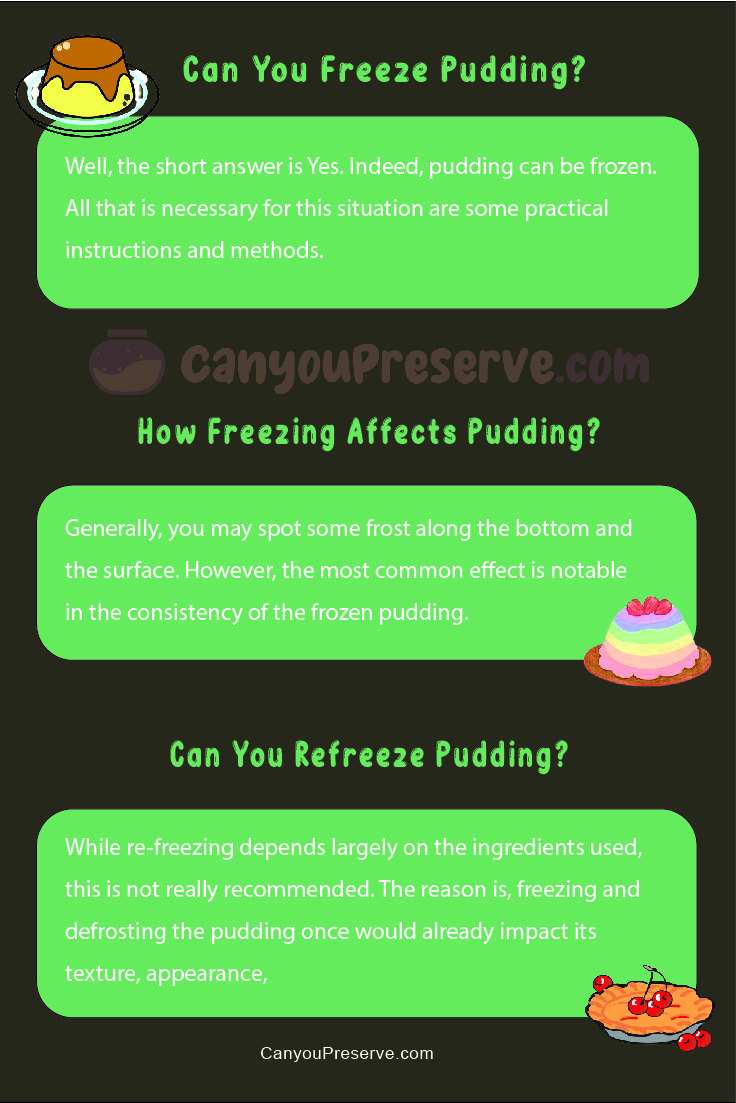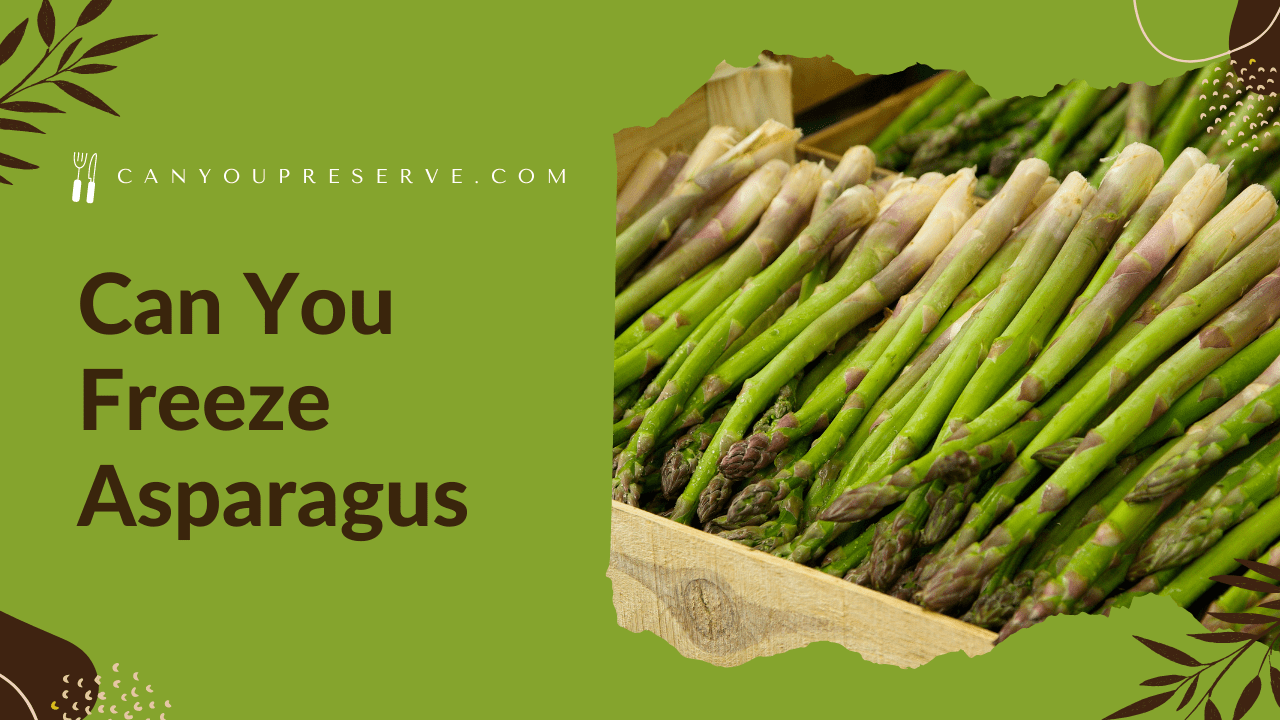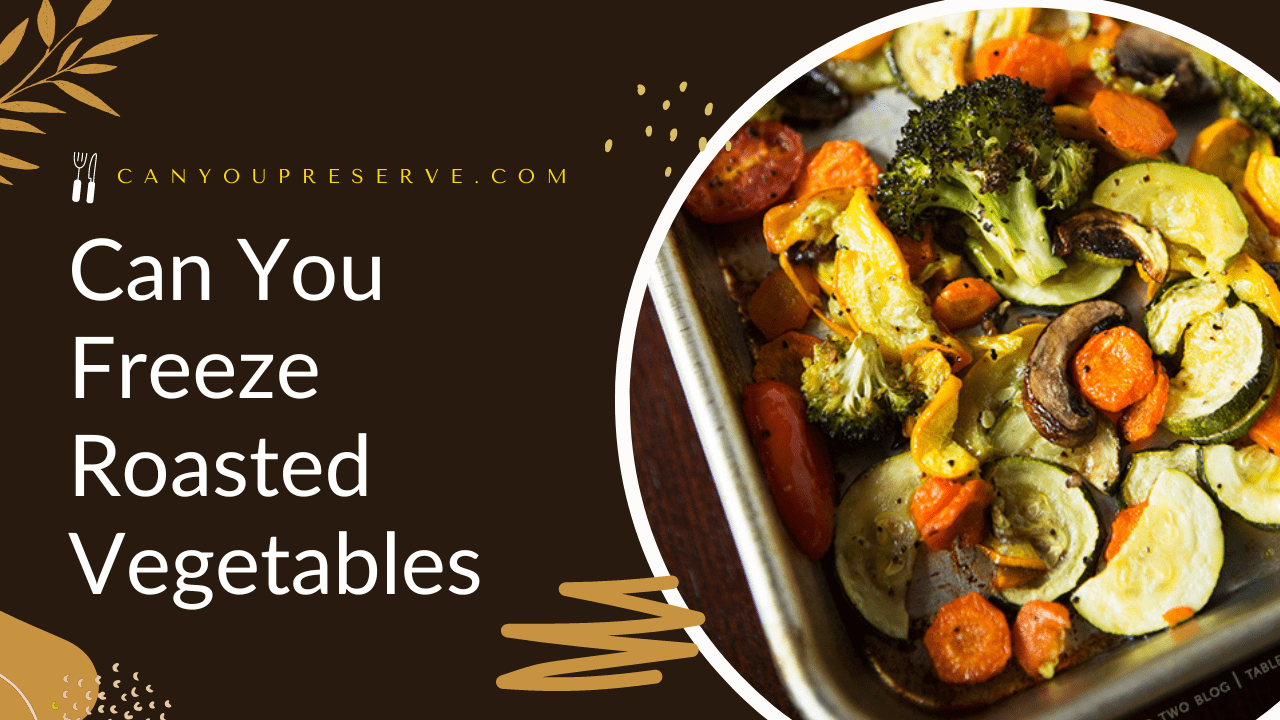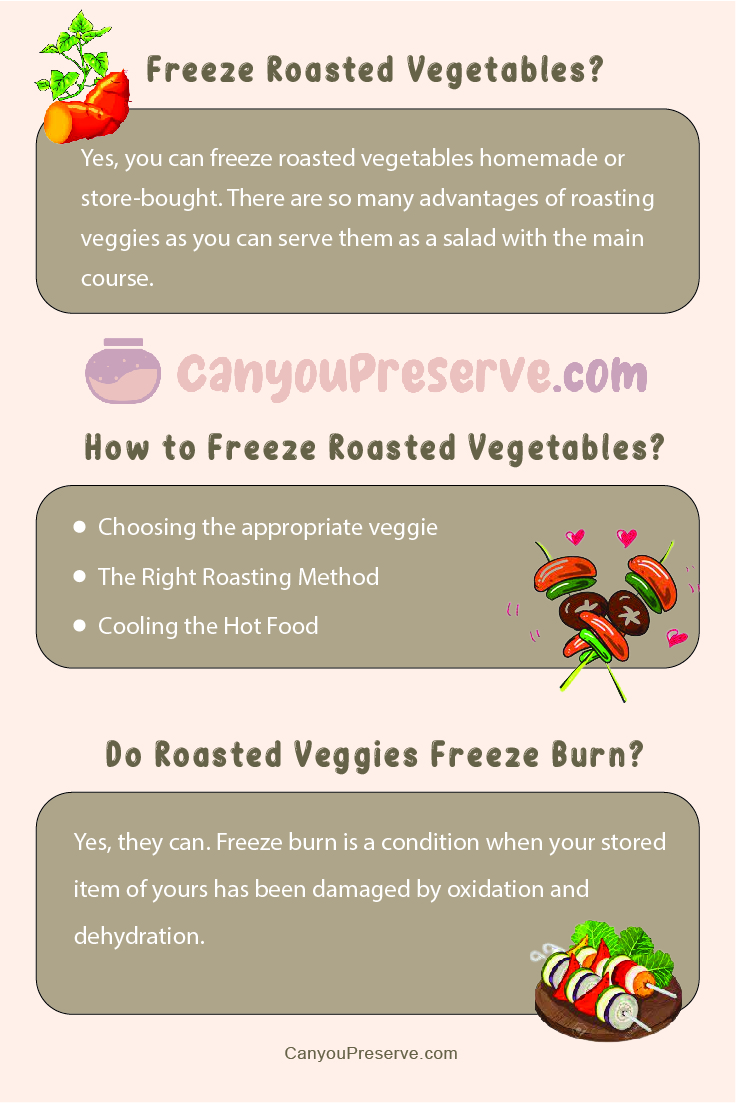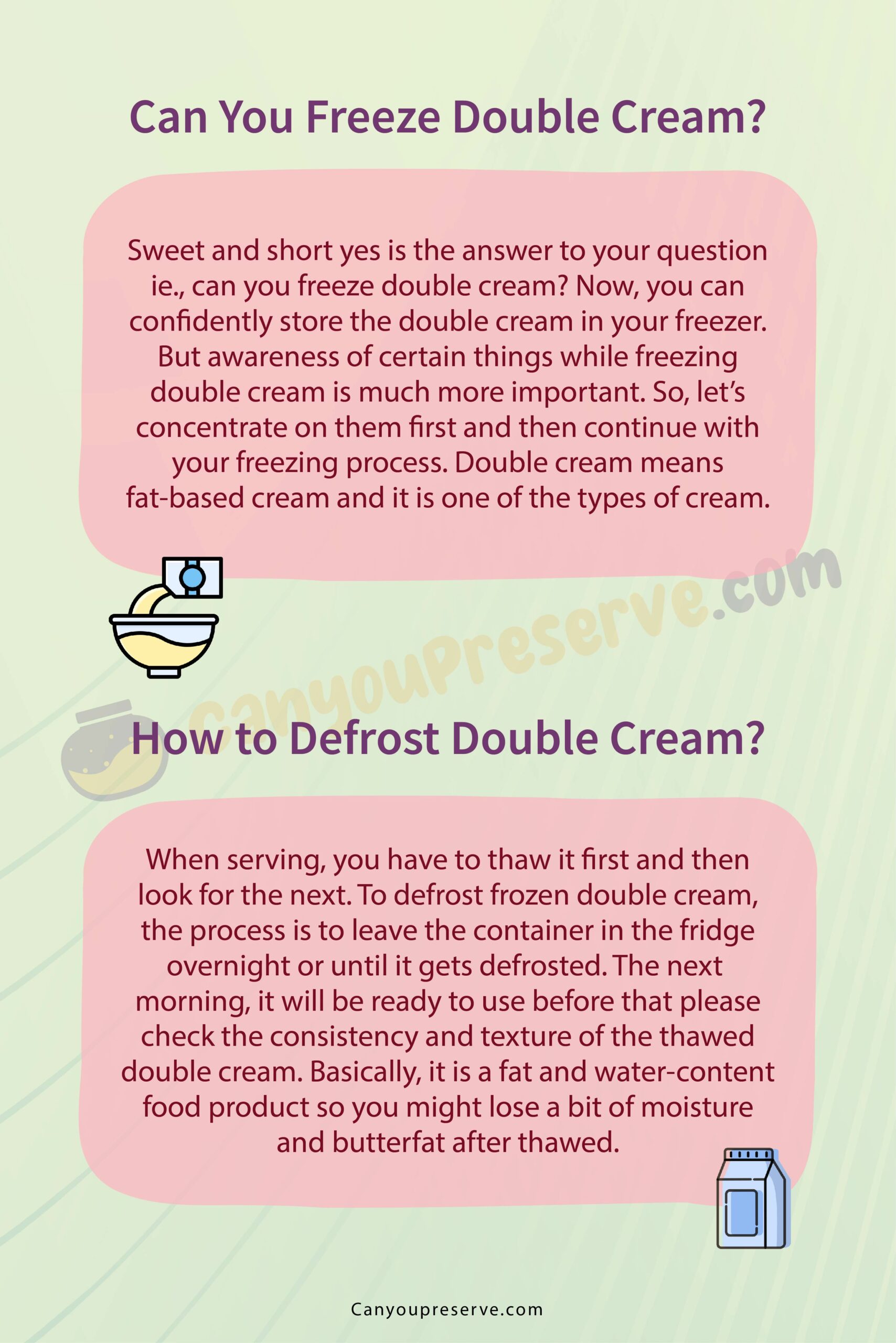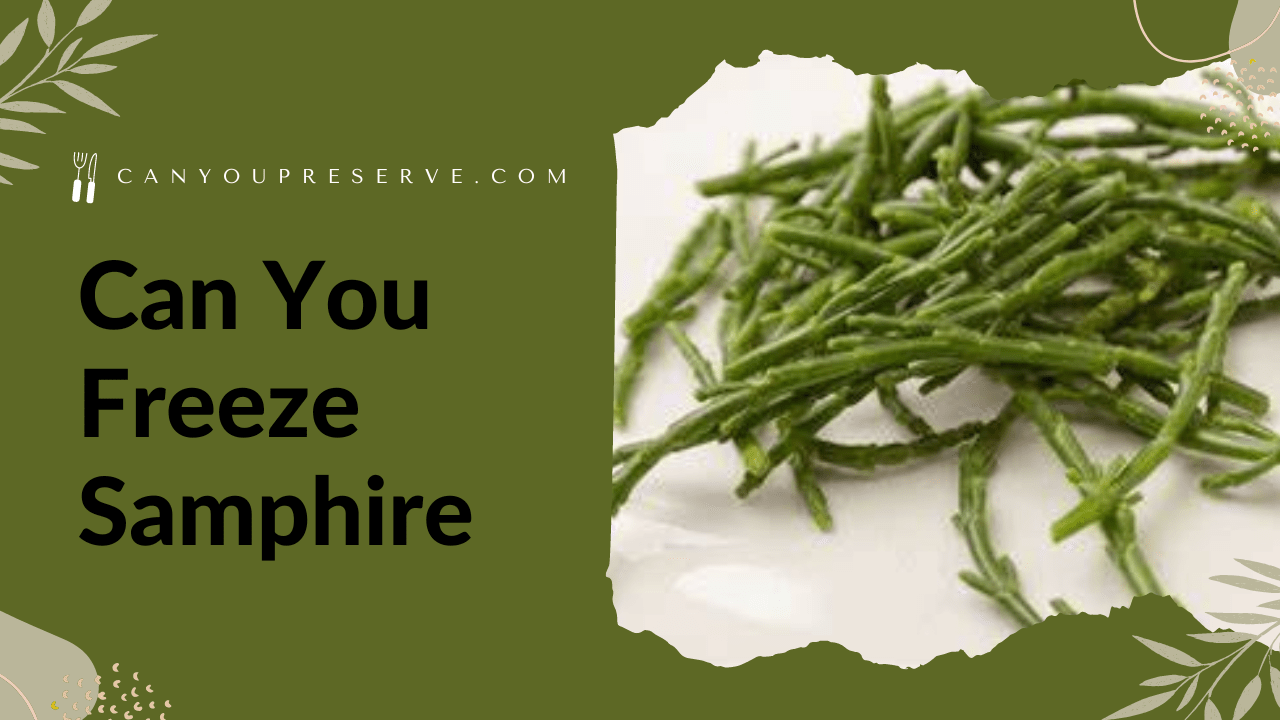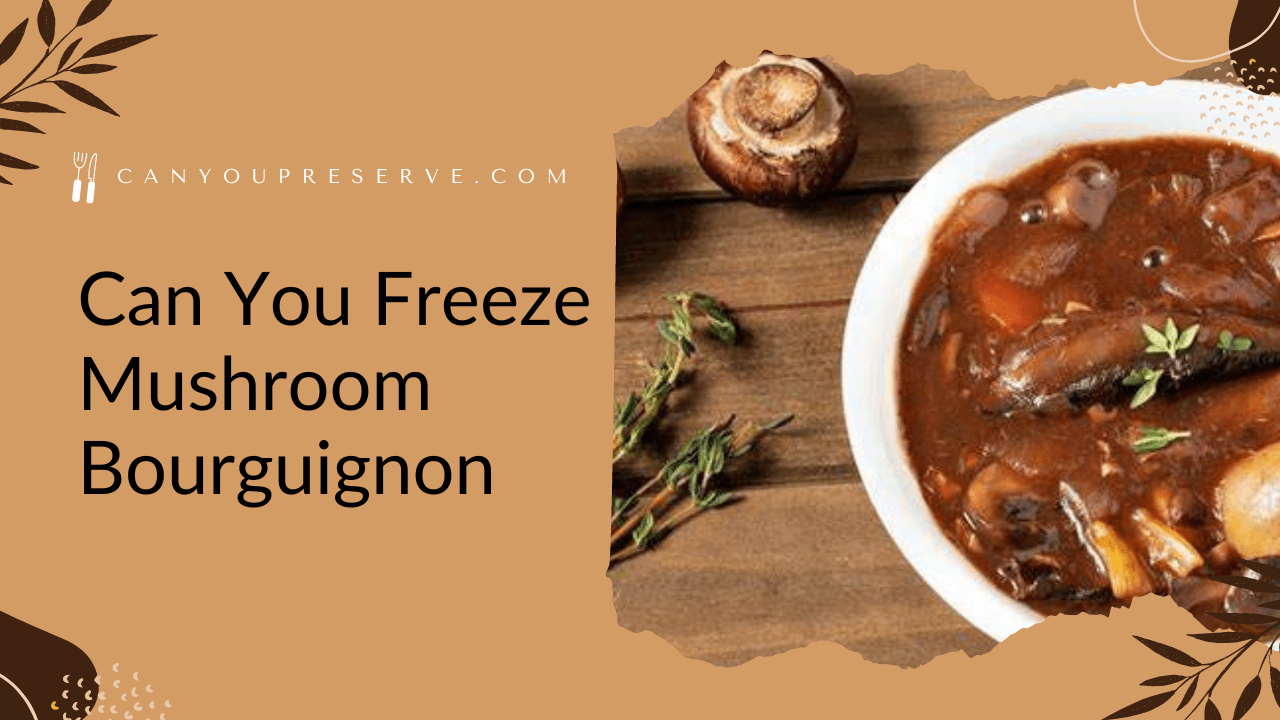Can Freeze Gravy?: One of the versatile savory sauces is Gravy and you can enjoy gravy in various food items like rice, roti, and many more. If you cook gravy, especially for chicken then you can complete it in its shelf life. If you prepare gravy sauce that can go with every main ingredient then you can store it for extra time.
When it comes to storage, it can be preserved in many ways but one you should select depends on your usage time. If you need to store it for a long time then knowing whether can freeze gravy or not is a must.
The solution to your query ie., can you freeze gravy, and the process of how to freeze and thaw gravy is explained in this guide. Scroll down the page and gain full details on freezing gravy along with shelf life, steps to follow, and tips on freezing, thawing, and refreezing gravy in no time.
- Can You Freeze Gravy?
- How to Freeze Gravy?
- How to Defrost and Reheat Gravy?
- FAQs on How To Preserve Gravy in the Freezer?

Can You Freeze Gravy?
Yes, you can freeze gravy of all flavored types and colors like brown, white, red, etc. Gravy made with milk, butter, granules, Bisto, tomato, and other main food ingredients can be frozen well. When it comes to store-bought or homemade gravy, always note down to boil for 3 minutes and cool down it before freezing. You can freeze fresh or leftover any kind of gravy in the same process but make sure to finish within the given time for better quality. Jump into the next modules and collect the main information.
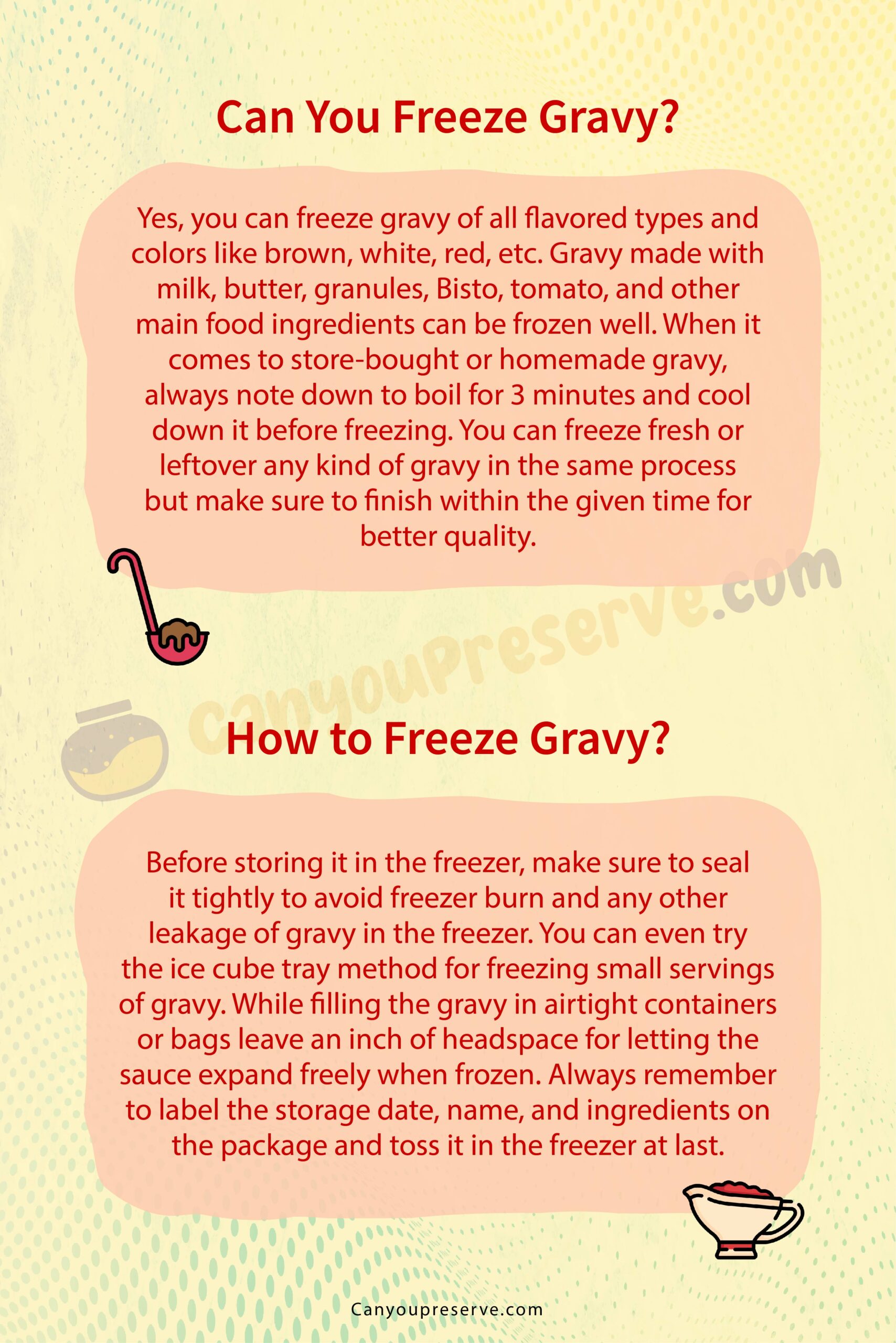
How to Freeze Gravy?
Freezing cooked gravy when it cools down completely at room temperature is advisable. Now, pour the cooled gravy into the freezer-safe bags or containers properly and leave it in the freezer. Before storing it in the freezer, make sure to seal it tightly to avoid freezer burn and any other leakage of gravy in the freezer.
You can even try the ice cube tray method for freezing small servings of gravy. While filling the gravy in airtight containers or bags leave an inch of headspace for letting the sauce expand freely when frozen. Always remember to label the storage date, name, and ingredients on the package and toss it in the freezer at last.
Related Posts:
How to Defrost and Reheat Gravy?
Whenever you want to use the gravy, cook with the star ingredients like chicken or paneer or some other. Use the frozen gravy when it completely defrosts. To defrost the gravy keep the bag or container in the fridge for enough time. If you leave it for a longer time and also at room temperature then there is a risk of increasing bacteria growth. So, go with the fridge method and thaw it carefully.
If it gets thawed then the next step is reheating. Without reheating savory sauces like gravy you can’t proceed to eat. As it is not the safe way to do it. So, follow the process of reheating gravy like cream-based or milk-based gravy.
- First, stir the thawed gravy to mix the separated ingredients in it.
- Now, reheat defrosted gravy on simmer heat for about two to three minutes on the stove.
- If it turns thicker then add some water and boil it again.
- If the gravy is more watery then take some amount of cornstarch and mix it in water. Add this mixture to the gravy and give it a smooth and thick texture. to it before serving.
Do Check:
FAQs on How To Preserve Gravy in the Freezer?
1. Can You Freeze Sausage Gravy?
Yes, you can freeze sausage gravy as other types of gravy sauce. It can also last for a longer time like 3-6 months if you store it properly.
2. How to Properly Store Your Make-Ahead Gravy?
Make-Ahead gravy can be stored properly by following these instructions. Just fill the storage bag or container with the prepared gravy and squeeze out any excess air carefully before sealing. After that, store it in the refrigerator for 5 days if you want to store it for more time then keep it in the freezer with utmost safety. At the time of eating, reheat the gravy pot in the microwave or oven or on the stove.
3. How To Tell if Gravy Has Gone Bad?
When it comes to any savory sauces like gravy the most common spoilage sign is the smell. If you find smells rotten compared to the fresh gravy and if it tastes sour then throwing it out right away is the best option. Some more signs of spoilage are mold, fuzzy, or abnormal. So remember these spoilage signs and save your health by avoiding spoiled gravy.
Key Takeaways
We believe the shared data on can freeze gravy helped you a lot to store your leftover gravy or fresh gravy for the next recipes. Do follow the instructions mentioned above about how to freeze gravy, how to defrost frozen gravy, and what are the spoilage signs of gravy and clear all your queries. For more questions or suggestions please comment us via the comment section below and solve them at the earliest possible by our team. Stay connected with our website canyoupreserve.com to avail latest updates on Can You Freeze Gravy and others at a faster pace.
